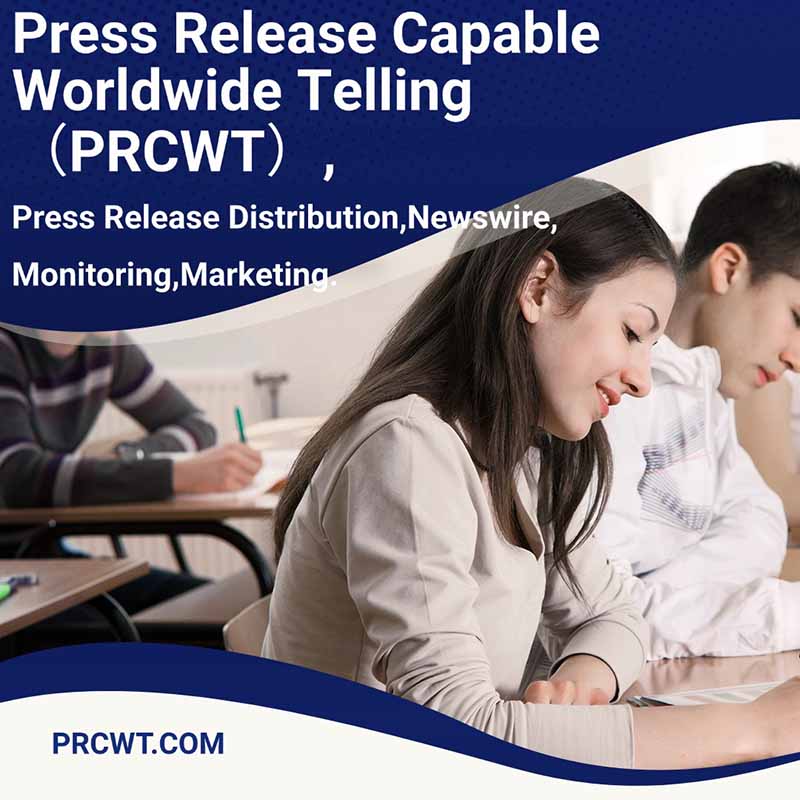In today's digital age, media distribution has become an essential aspect of any successful marketing strategy. With the rise of social media, content marketing, and digital advertising, brands have more channels than ever to reach their target audiences. However, with so many options available, it can be challenging to determine which channels are the most effective and how to allocate resources effectively. This article will explore the power of media distribution and how it can help brands connect with their customers and drive business growth.
The first step in any media distribution strategy is to understand your target audience. Who are they? What are their interests? Where do they spend their time online? By answering these questions, you can identify the channels that are most likely to reach your target audience and create content that resonates with them. For example, if your target audience is young adults aged 18-34, social media platforms like Instagram and TikTok may be more effective than traditional print or TV advertising.
Once you have identified your target audience, the next step is to choose the right media channels. There are many different types of media channels available, including social media, content marketing, email marketing, paid search, and display advertising. Each channel has its own strengths and weaknesses, so it's important to choose the ones that are most relevant to your brand and your target audience. For example, if you are a B2B company, email marketing may be more effective than social media for reaching your target audience.

In addition to choosing the right channels, it's also important to create high-quality content that engages your audience. Your content should be relevant, valuable, and interesting to your target audience. It should also be optimized for the specific media channels you are using. For example, if you are using Instagram, your content should be visually appealing and engaging, with short captions and relevant hashtags.
Another important aspect of media distribution is measurement and analytics. You need to be able to measure the effectiveness of your media distribution strategy and make adjustments as needed. This includes tracking metrics like website traffic, social media engagement, email open rates, and conversion rates. By analyzing this data, you can determine which channels are performing well and which ones need improvement.
Finally, it's important to remember that media distribution is an ongoing process. You need to constantly evaluate and optimize your strategy to stay ahead of the competition. This includes staying up-to-date with the latest trends and technologies in media distribution, as well as listening to your customers and responding to their feedback.
In conclusion, media distribution is a powerful tool that can help brands connect with their customers and drive business growth. By understanding your target audience, choosing the right channels, creating high-quality content, measuring and analyzing your results, and constantly optimizing your strategy, you can build a successful media distribution plan that delivers results.